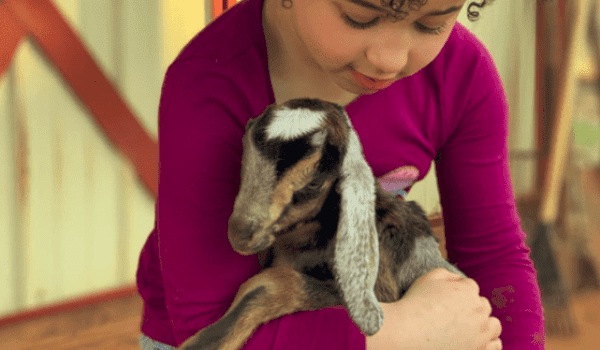“Be prepared to discover some things that could shock you — and not in a good way. Face the fact that you have skeletons in your closet.”
So says Penny Forrester, genealogist extraordinaire. That’s Penny’s first piece of advice for those of us who want to explore our family history. And there’s plenty more to follow.
Penny is passionate and extremely knowledgeable about her research.
“The best compliment I’ve ever had was from my dear friend, writer James Lee Burke, who once told me, ‘Penny, I think you could find Chaucer’s shoe size.’ This was after I tracked down a childhood friend for him whose surname he couldn’t remember,” says Penny.
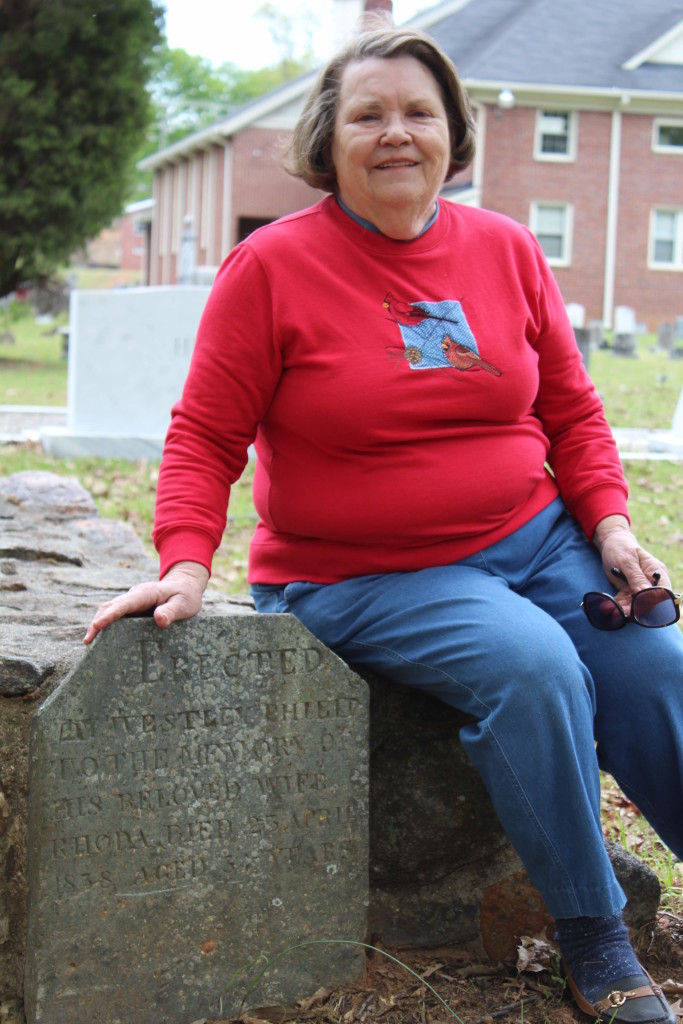
It’s no wonder that Penny has a love for genealogy and for Upstate South Carolina. Her personal history in the area goes way back.
“My family has been here since the very first days after the Revolution,” says Penny. “In point of fact, my ancestor William Henry Benson was a surveyor who platted a great area of Greenville County as it opened for non-Native American settlement after the American Revolution.”
Penny moved to the Travelers Rest area in 2003, but she was raised in the Welcome community. She graduated from Carolina High and Lander University and received her master’s in library and information science from USC.
Penny worked as a reporter for The Greenville Piedmont after college but found her true love as a library assistant at the Greenville County Library. Penny also worked as assistant director of the Florence County Library System and director of the Pickens County System.
“But my first love was and is reference and the South Carolina Room at Greenville County Library.”
Penny has expanded her love for information by doing research and editing for others, including the late congressman Butler Derrick and writer James “Jim” Lee Burke, author of books like Black Cherry Blues and Wayfaring Stranger. For the latter book, Penny researched James Lee Burke’s cousin, Weldon Mallette, on whom the book is based.
Mallette was a Silver Star WWII hero. He was much older than Jim and died in 2002. Jim wanted to know more about Weldon’s activities in the war and the circumstances of his Silver Star.
“I was able to track him through some rather obscure, though available, records,” says Penny. “Many do not realize that most of the WWII Army records were destroyed in a National Archives fire in 1973, but the medical records and the morning reports remain.”
Genealogy — or “family history,” as Penny calls it — comes naturally for her. She recalls going with her grandparents to “clear the family cemetery in early spring each year
“We cleared the detritus of winter and picnicked on the slab tombstones of our ancestors.”
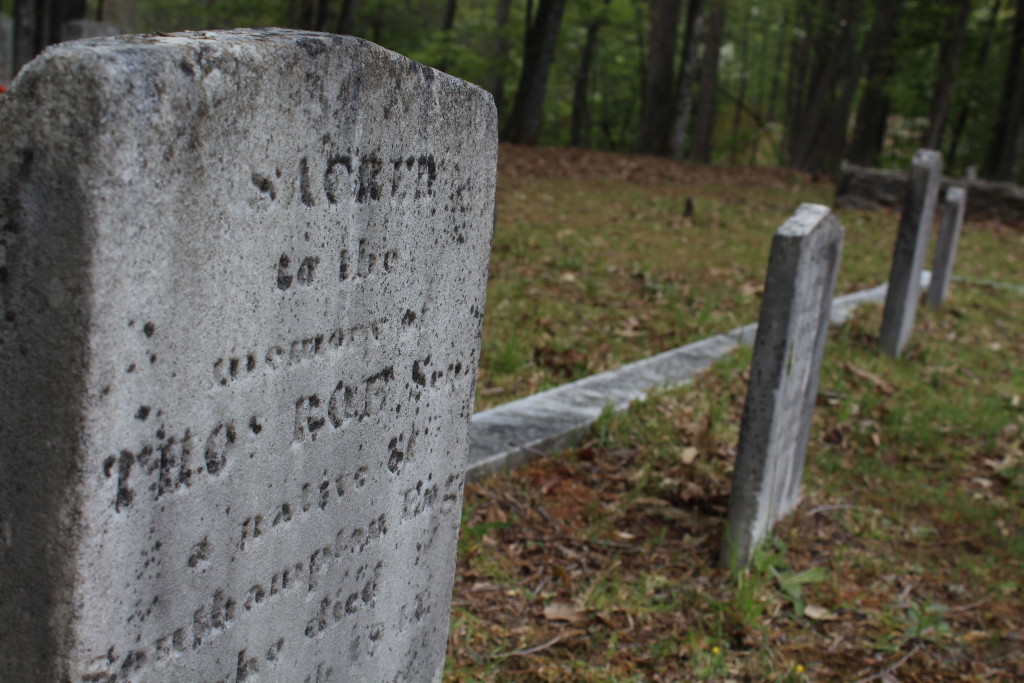
She became enthralled with family history at the age of 11, when she read a letter from General Wade Hampton to the family of her ancestor, William Henry Benson, telling them of his death in Charleston in 1796.
A comment from her Great-grandmother McWhite added to Penny’s enthusiasm: “If you ever meet a McWhite, you’re kin.”
“McWhite is a made-up name, or, rather, a contraction of the very English surname Musslewhite, and [it] originated in S.C.,” Penny discovered.
It eventually became M’white and then McWhite.
Penny gives several sources for helpful family research. She suggests listening to older relatives who have family traditions to share, as well as looking at tombstones for dates, etc.
Penny also recommends using the South Carolina Room at the library. She’s proud to say that she has helped “expand the collection to center on migration routes into and out of upper South Carolina.
“For that reason, you will find a terrific collection of records from Pennsylvania, Virginia, Maryland, stops on the Great Wagon Road, the primary route of immigration into upper S.C.”
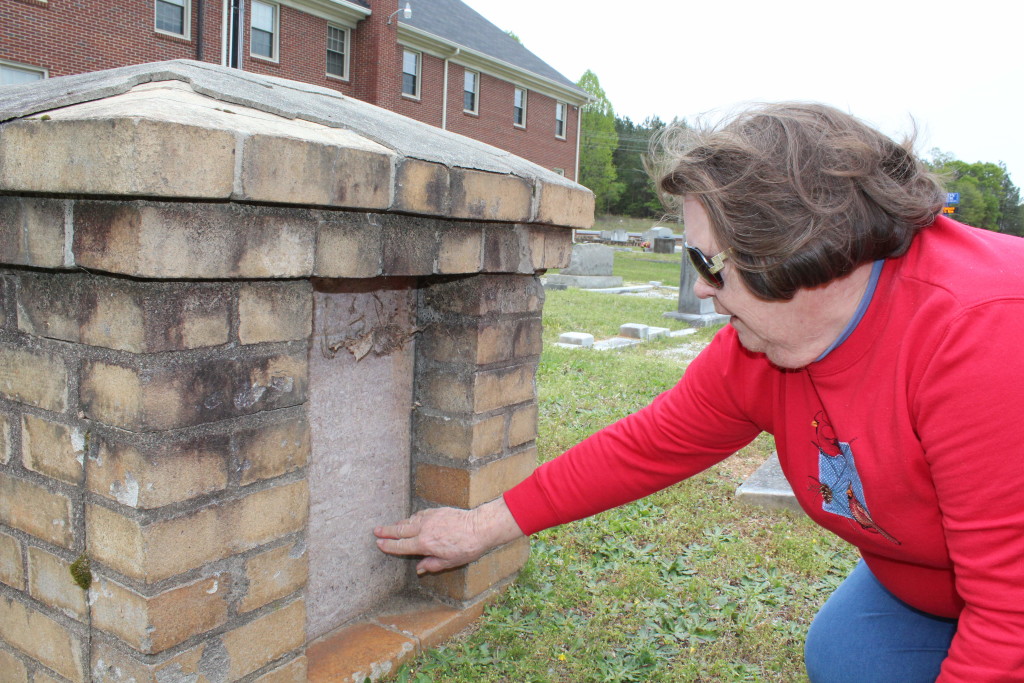
In addition to birth and death records, the South Carolina Room has subscriptions to Ancestry.com, Fold3, and other databases of importance to researchers.
She recommends the Internet but cautions against many who may have posted records that aren’t completely accurate. One of the sites she often uses is findagrave.com. There’s a lot of good historical information there, as well as on the actual graves found in graveyards and cemeteries.
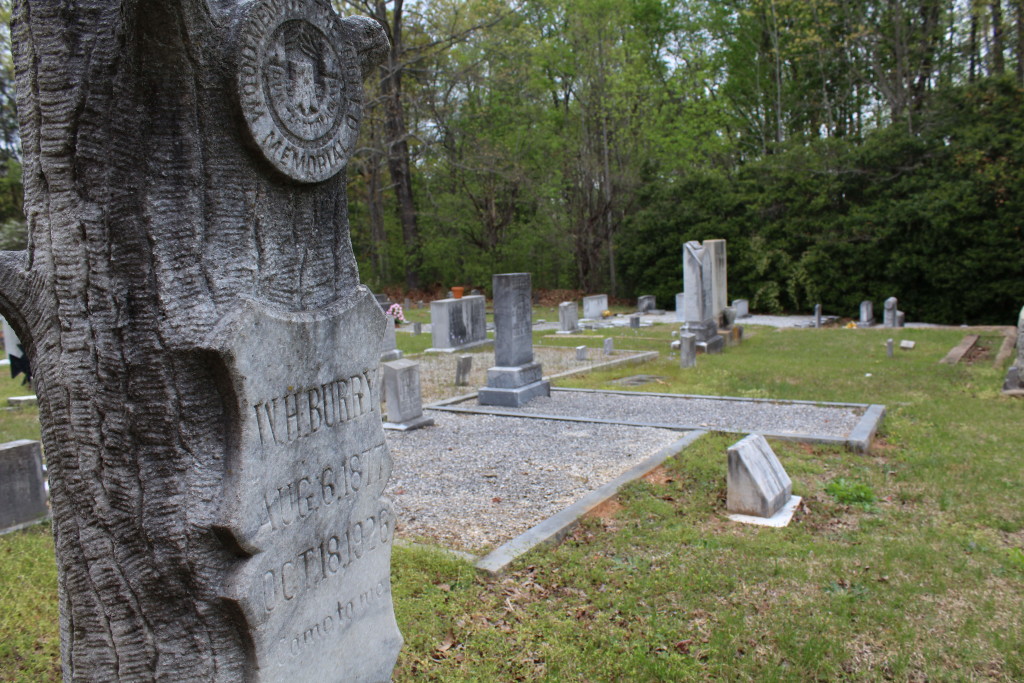
Gravestones frequently show more than birth and death dates. They may include information like where the party lived or attended college, how many children they had, and so on.
If you’re getting started with your own family history, besides preparing yourself for skeletons in the closet, remember the following:
- “Very, very few of us have ancestors who left castles in England and Europe to eke out an existence while living in a log cabin in the wilderness.”
- Document your research. Penny stresses the importance of this step. “It’s also great to use online resources such as Ancestry.com and other databases, but always verify the information you get there.”
- Use a genealogy program like Roots Magic or Family Tree Maker. Forester uses the first one. They both allow you “to share online through Ancestry, Family Search, and other genealogy sites. I do not share my research online because I consider it private for my family, but many do like to share.”
Notes
Writer: Melinda Long
Editor: Celeste Hawkins
Photography: Cathy L. Church / From Chapel to Cheers
Sources: Interview with Penny Forrester; findagrave.com


